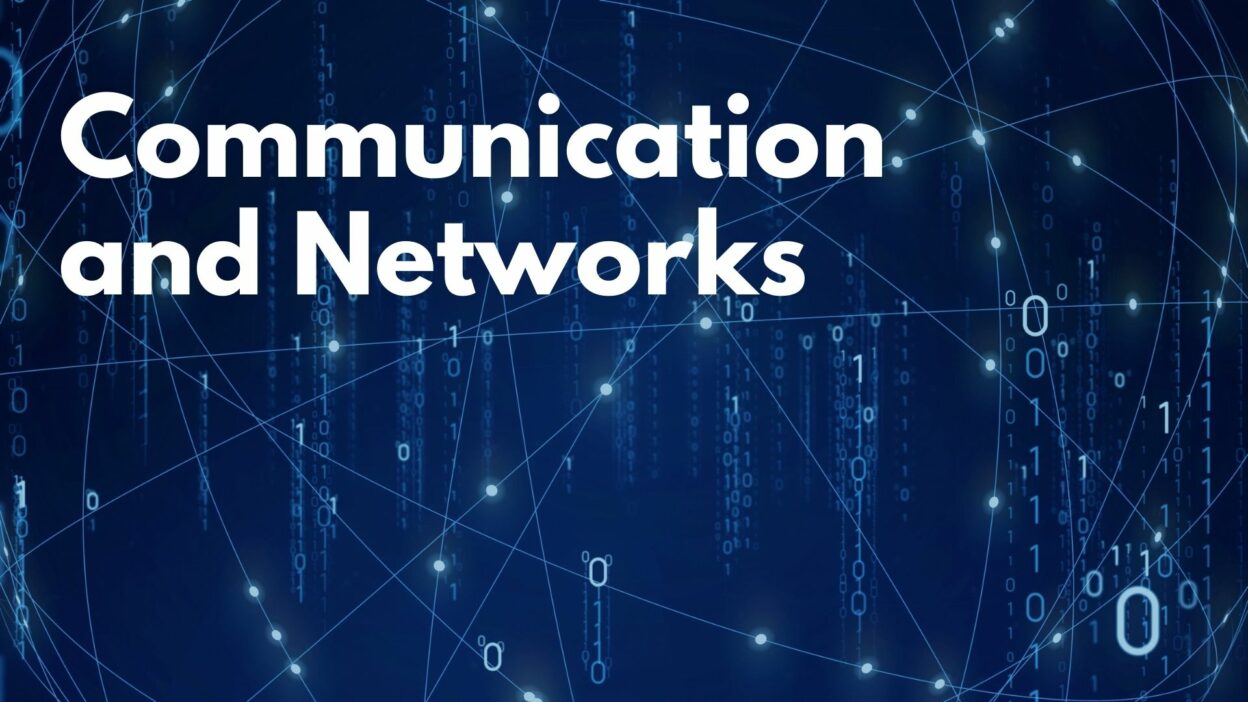Title: NIST Study Reveals Quantum Cryptography Speed Limit
A new study from the National Institute of Standards and Technology (NIST) and the Joint Quantum Institute (JQI) has identified a potential speed limit for quantum cryptography, a highly secure method of sending encrypted information. The research suggests that maximum transmission rates will be limited to levels comparable to a single broadband connection, such as a cable modem, unless researchers can reduce “dead times” in the detectors that receive quantum-encrypted messages.
Quantum cryptography relies on single photons to transmit a secret key between two parties, Alice and Bob. However, modern telecommunications hardware allows Alice to transmit photons at much faster rates than any Internet connection. The problem lies in the fact that at least 90% of the photons do not make it to Bob’s detectors, resulting in a small fraction of the photons being received. This issue is compounded by the detector’s “dead time,” the period during which the detector needs to recover after detecting a photon.
Commercially available single-photon detectors need about 50-100 nanoseconds to recover before they can detect another photon, which is much slower than the 1 nanosecond between photons in a 1-GHz transmission. This limitation not only affects the transmission rate of a message but also raises security issues for systems that use different detectors for 0s and 1s. The study suggests that reducing the dead time in single-photon detectors could potentially increase transmission speeds, which would be particularly useful for wireless cryptography between a ground station and a satellite in low-Earth orbit.
Source: https://www.nist.gov/news-events/news/2007/09/dead-time-limits-quantum-cryptography-speeds
Keywords: Detectors, Quantum-encrypted, Photons, Dead time, Encryption


